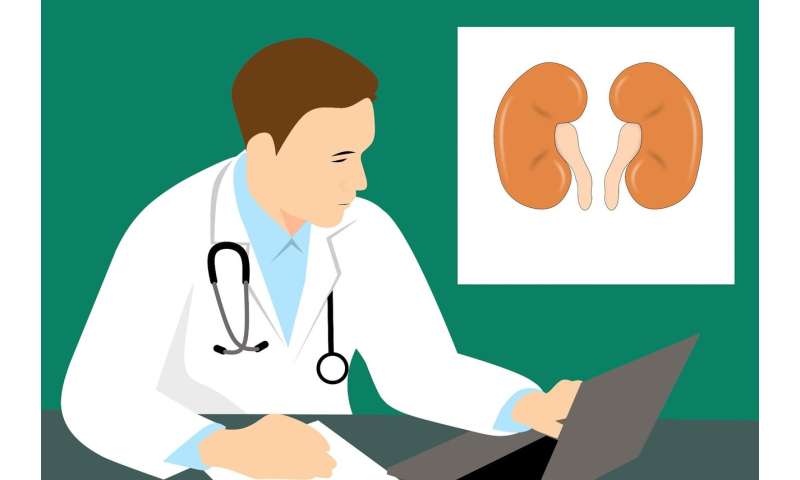
In a study of Southeastern U.S. patients undergoing dialysis, the distance from a patient’s residence to the nearest transplant center did not appear to affect access to early steps in the kidney transplantation process. The findings appear in an upcoming issue of CJASN.
To be considered for kidney transplantation, patients must be referred to a transplant center for medical evaluation, most often from a dialysis facility. Prior research suggests that the distance a person must travel to reach a transplant center might be a barrier to referral.
To investigate, Laura J. McPherson, MPH, Rachel E. Patzer, Ph.D., MPH (Emory University School of Medicine), and their colleagues examined whether a shorter distance from patients’ residence to a transplant center increased the likelihood of referral and initiating a transplant evaluation once referred.
For the study, the investigators examined information on adults who began treatment for kidney failure at any Georgia, North Carolina, or South Carolina dialysis facility from 2012 through 2015.
Among 27,250 patients, 9,582 (35%) were referred to a transplant center within 1 year of dialysis initiation, and among those referred, 58% initiated evaluation within 6 months of referral. Although patients living the farthest (>90 miles) compared with the shortest (<15 miles) distance from transplant centers had 13% and 11% lower likelihoods of referral and evaluation initiation, respectively, the associations were not statistically significant.
“Our results indicate that distance from patient ZIP code to the nearest transplant center may not be the driving force in accessing the early steps in the kidney transplant process, referral, and evaluation initiation, among patients in the Southeastern U.S.,” said McPherson. “Other unmeasured factors in the genre of distance, such as travel time or transportation options, may have a larger impact on these early steps and should be further examined. Future studies outside of the Southeastern U.S. should also be done to observe whether there are similar findings across geographic regions.”
An accompanying editorial notes that the findings are likely to apply nationally across the United States, but should be confirmed in other geographic regions and in international settings.
Source: Read Full Article
